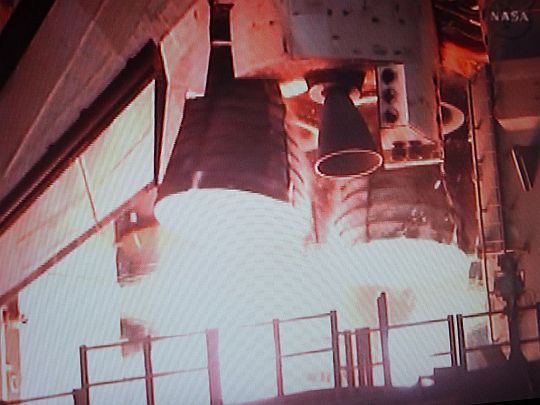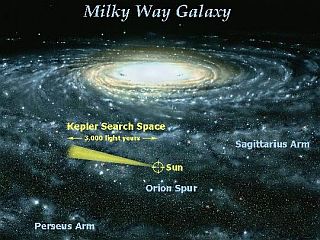Being a long-time astronomy enthusiast, I am very glad that the Hubble Space Telescope is busily producing magnificent images such as this one of Barred Spiral Galaxy NGC 6217, seen on today’s Astronomy Picture of the Day:
From the HST website:
For the past three months, scientists and engineers at the Space Telescope Science Institute and Goddard have been focusing, testing, and calibrating the instruments. Hubble is one of the most complex space telescopes ever launched, and the Hubble servicing mission astronauts performed major surgery on the 19-year-old observatory’s multiple systems. This orbital verification phase was interrupted briefly July 19 to observe Jupiter in the aftermath of a collision with a suspected comet.
Hubble now enters a phase of full science observations. The demand for observing time will be intense. Observations will range from studying the population of Kuiper Belt objects at the fringe of our solar system to surveying the birth of planets around other stars and probing the composition and structure of extrasolar planet atmospheres. There are ambitious plans to take the deepest-ever near-infrared portrait of the universe to reveal never-before-seen infant galaxies that existed when the universe was less than 500 million years old. Other planned observations will attempt to shed light on the behavior of dark energy, a repulsive force that is pushing the universe apart at an ever-faster rate.
Click on the image above to enlarge.

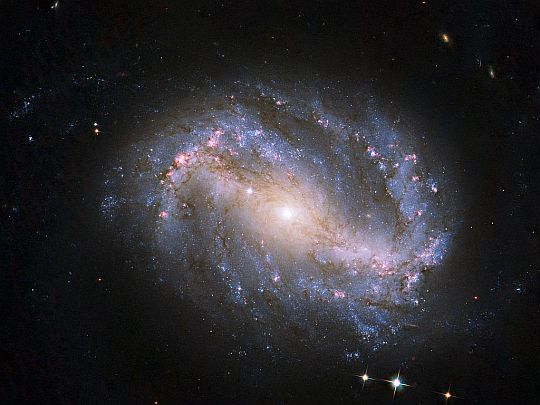
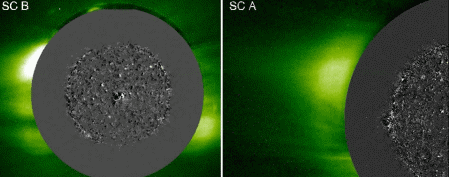
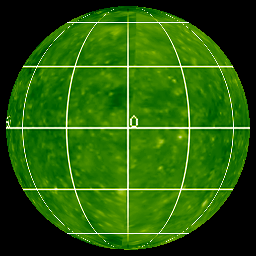 Over at the
Over at the 